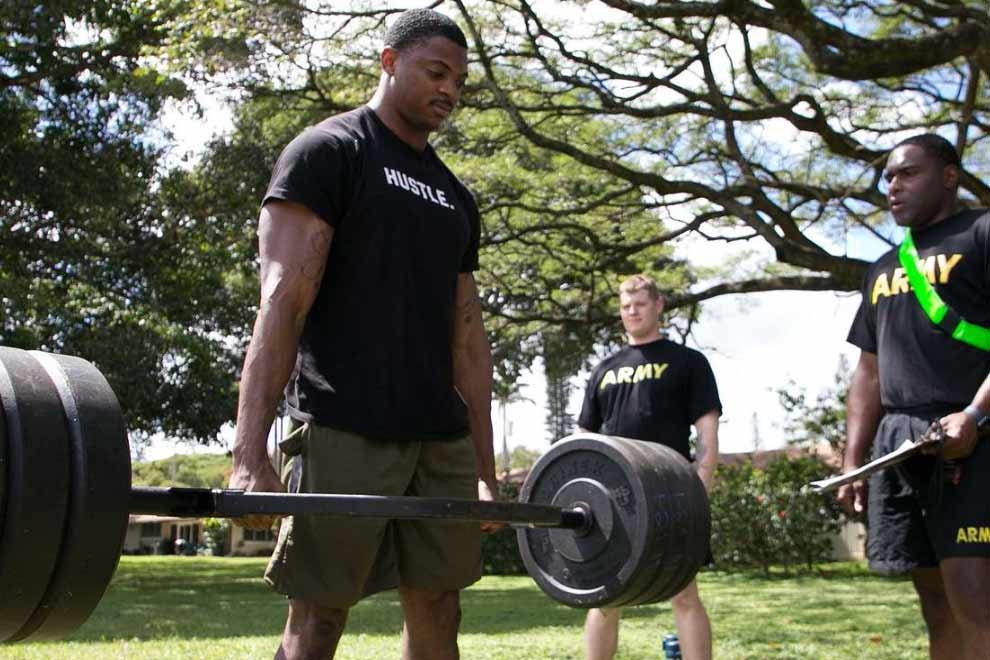The world as we know it is changing rapidly as we race towards a new dawn and what’s now known as a “new normal.” Improvements in health, education, finances, and technology are driving change as several new and exciting areas spring to life. For evidence of just how quickly the world around us is evolving, we need to look at some of the most popular courses available at universities and colleges. Students today can study in areas we never imagined or thought possible just ten years ago.
Regular visitors to our pages and readers of our articles will already know this site. Our writers like to keep their fingers on the pulse of change. We present the latest news and reviews of modern technology and how education is ushering in a fresh way of thinking. We leave no stone unturned in our quest to publish the best and most reliable articles, keeping you at the cutting edge of change. Please browse our pages, read the available articles, and enjoy.
Today, we do things differently as we look at ways technology and science are changing sports. From the safety of the star players in the National Football League to fan interaction in the English Premier League, professional sports are moving into the 21st century. Competitions steeped in history are adapting and modernizing. The best football betting apps allow fans to make predictions on games from anywhere in the world, while standout livestreams mean you can watch the game, race, or fight on your Android and iOS smartphone.
Combining passions
If you love watching professional sports live on television or you often attend the big game in person, you’ll be well-versed in how tech is changing sports. Its impact is obvious for all to see in the way fans purchase tickets, the rules are enforced, and even how coaches communicate with players. Technology like Hawk-Eye in tennis and VAR in soccer gives us a glimpse into the future of professional sports.
The impact made by science in sports isn’t quite as obvious to the casual fan, but it’s no less important. Sports science plays a critical role in how the top players compete, the length of time they can spend at the top, and their recovery. There’s so much going on in such an important area of sport, and it’s encouraging countless young minds to study science in further education, with a growing number of students specializing in sports science. These courses allow scholars to combine their passion for the sciences and sports.
Science is leading the biggest and best-followed sports in an exciting and brave direction. We wanted to highlight the best of those changes in this article. We hope our words will inform many readers but also inspire some to take an interest in sports science and where it’s headed.

Google Images Creative Commons Licenses
Biomechanics
The study of biomechanics has fundamentally transformed our comprehension of human movement and performance in sports. Through sophisticated technologies such as motion capture systems, force plates, and 3D modeling, researchers have dissected the intricacies of athletic movements with unprecedented precision.
This understanding has allowed coaches and athletes to refine techniques, minimize energy expenditure, and maximize efficiency in motion. From the biomechanical analysis of sprinting strides to the mechanics of a golf swing, this knowledge has become indispensable in optimizing athletic performance across various disciplines.
Sports nutrition
Nutrition and hydration play a pivotal role in athletic performance, influencing energy levels, recovery, and overall well-being. Breakthroughs in sports nutrition have elucidated the intricate relationship between dietary intake and athletic output.
Scientists have identified the optimal macronutrient ratios for different sports, debunked myths surrounding dietary supplements, and emphasized the importance of proper hydration strategies. Whether it’s fueling endurance events with carbohydrate loading or facilitating muscle recovery with protein supplementation, tailored nutrition plans have become a cornerstone of athletic success, enhancing performance and hastening recovery times.
Injury prevention
Injuries are an inherent risk in sports, but advancements in sports science have significantly mitigated these risks while expediting the rehabilitation process. Cutting-edge techniques such as biomechanical screenings, functional movement assessments, and injury risk profiling allow sports medicine professionals to identify vulnerabilities and implement targeted interventions to prevent injuries before they occur.
Moreover, innovations in rehabilitation modalities, including neuromuscular training, cryotherapy, and regenerative medicine, have accelerated the recovery timeline for athletes sidelined by injury. By employing a proactive approach to injury prevention, athletes can stay healthier, train more consistently, and prolong their careers.
We’re seeing live examples of this today, especially in combat sports, where more world boxing champions are in their 30s and showing no signs of slowing down. Not too long ago, most top-level fighters would be spent by their early to mid-30s.
Performance analytics
The proliferation of wearable technology and data analytics has ushered in a new era of performance monitoring and analysis in sports. Athletes now have access to a wealth of data, ranging from heart rate variability and GPS tracking to sleep patterns and metabolic metrics.
By harnessing the power of data science, coaches and sports scientists can decipher performance trends, identify areas for improvement, and personalize training regimens to optimize individual performance. Whether it’s fine-tuning race strategies in endurance sports or refining tactical maneuvers in team sports, data-driven insights have become indispensable tools for maximizing athletic potential and gaining a competitive edge.
Mental skills training
In the pursuit of athletic excellence, the role of mental fortitude and psychological resilience cannot be overstated. Breakthroughs in sports psychology have illuminated the intricacies of the mind-body connection, empowering athletes to harness their mental prowess for peak performance. Techniques such as visualization, mindfulness, and cognitive behavioral therapy have been integrated into training programs to enhance focus, confidence, and resilience under pressure.
Moreover, the advent of biofeedback technologies has enabled athletes to monitor and regulate physiological responses, such as heart rate variability and brainwave activity, to achieve optimal states of arousal and concentration. By nurturing mental skills alongside physical abilities, athletes can unlock their full potential and thrive in the competitive arena.
Also read: Best American Sports Programme Colleges










